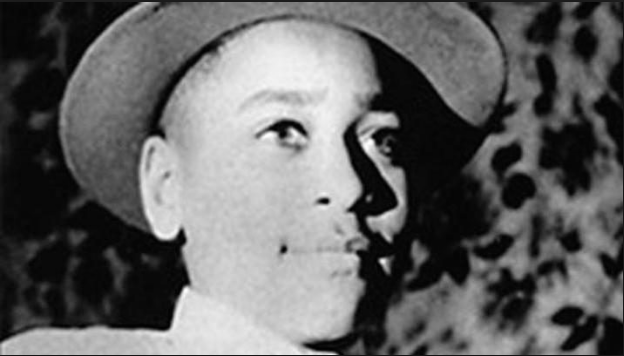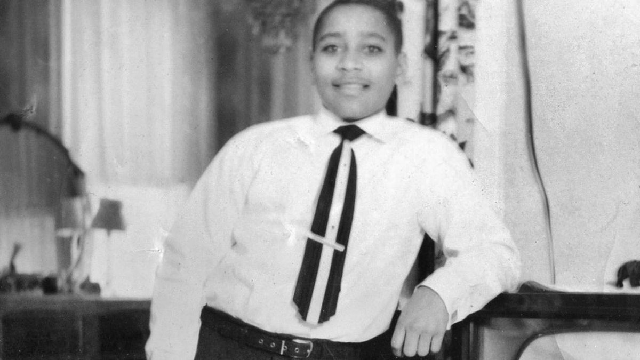The murder of 14-year-old Emmett Till, barbarous even in an era in which blacks in the South were subjected to untold viciousness, has been reopened, according to a US Justice Department report to Congress.
The 1955 slaying was listed in a March report among “activities” the department was pursuing under the 2007 unsolved civil rights crime act that bears Emmett’s name. The act paves the way for the department to “expeditiously investigate” unsolved pre-1980 civil rights murders.
“Several interested parties” asked the Justice Department in 2004 whether any surviving suspects could be prosecuted, but after reviewing the information available, the department determined that the statute of limitations prevented any federal prosecution, according to the report. Three years later, a Mississippi grand jury declined to issue new charges.
“The Till case has been re-opened by DOJ based upon the discovery of new information,” the department said in March. It did not elaborate. The department declined to comment on the matter.
Emmett’s savage murder jolted a nation, spurring it to action on civil rights. Gruesome photos of the boy’s mutilated body spread across the globe, lending jarring visuals to the stories of violence and discrimination coming out of the South.
Ninety-five days after the attack, Rosa Parks refused to give up her seat on a bus in Montgomery, Alabama.
Emmett’s crime? He had been accused — we now know, falsely — of flirting with and making advances at then-21-year-old Carolyn Bryant, who, along with her husband, Roy, owned a grocery store in Money, Mississippi. Till had traveled there from Chicago to visit his great-uncle, who lived in the area.
Four days later, the teen was snatched from his bed in the middle of the night of August 28, 1955, viciously beaten and shot. His murderers then strapped a 75-pound cotton gin fan to his neck with barbed wire so it would weigh him down when they tossed him in the Tallahatchie River.
Not even a month after the boy’s body was pulled from the river, an all-white jury acquitted Roy Bryant and another man, J.W. Milam, of Emmett’s murder, despite eyewitnesses identifying the defendants.
Deliberations barely took an hour, and one juror claimed the acquittal could’ve come sooner had they not stopped to have a soda.
In closing arguments, the defense team appealed to jurors’ heritage, saying their ancestors would turn in their graves if they didn’t free these fine, white men.
Later, Bryant and Milam told a magazine how they killed Emmett and dumped his body in the Tallahatchie, but because of double jeopardy laws, they couldn’t be tried again.
Emmett’s mother, Mamie Till-Mobley, was horrified to see the state of her son’s body when it was returned to her. Against advice, she demanded that his funeral be open casket. She wanted the world to see what she saw, how her boy had been maimed beyond recognition. Thousands witnessed his injuries over a four-day period, and the stories and photos about his murder shook the nation.
Last year, Vanity Fair published an article in which author and Duke University scholar Timothy Tyson said Carolyn Bryant — now, Carolyn Bryant Donham — confessed she made up the most damning part of her story. When discussing Emmett’s supposed verbal and physical advances, she told Tyson, “That part’s not true,” according to the author of “The Blood of Emmett Till.”
“She was glad things had changed (and she) thought the old system of white supremacy was wrong, though she had more or less taken it as normal at the time,” Tyson told the magazine.
Milam died in 1980. Roy Bryant died in 1994.















